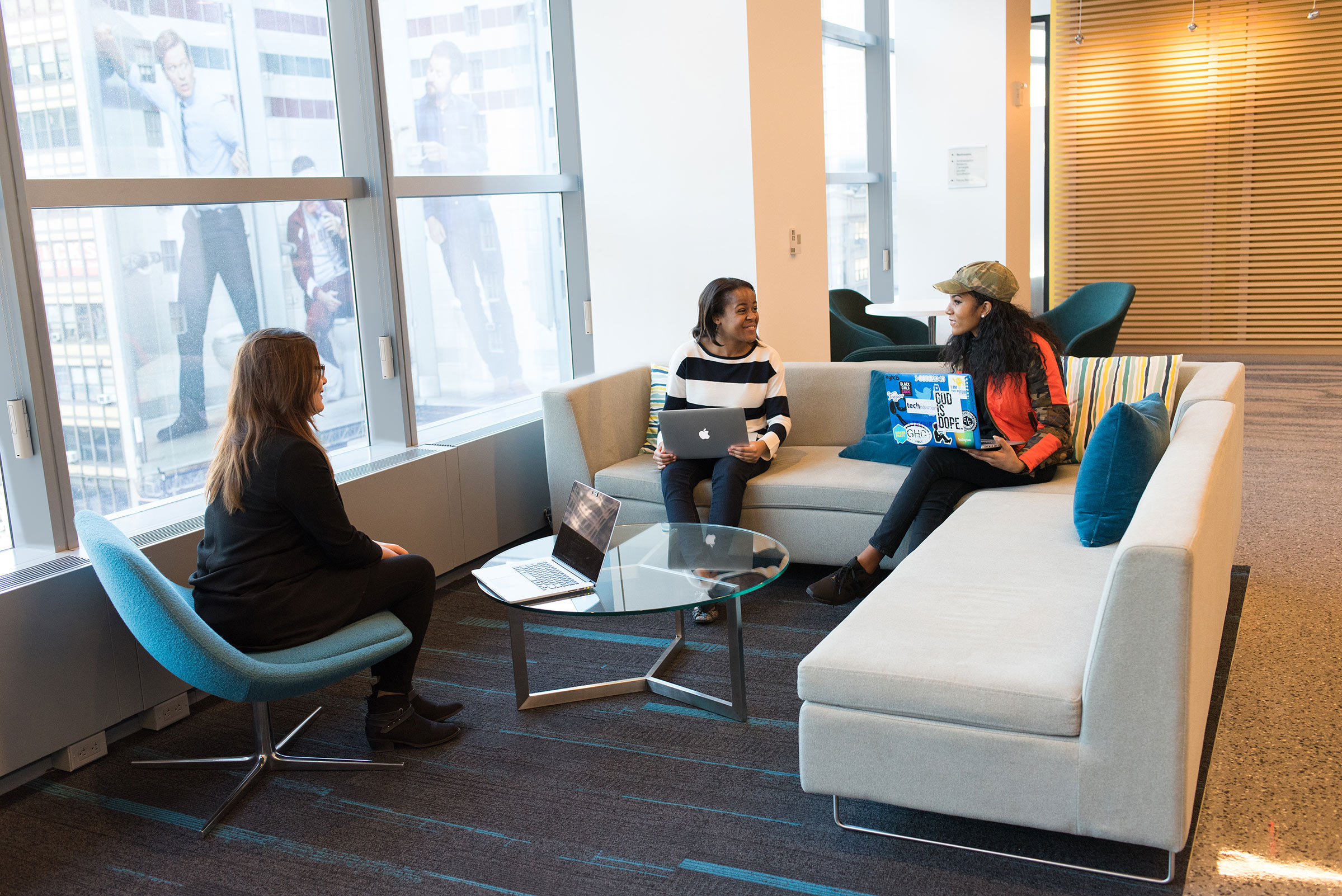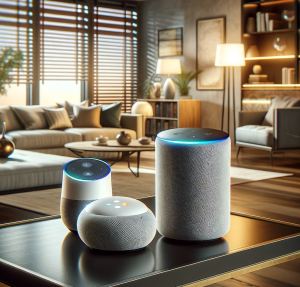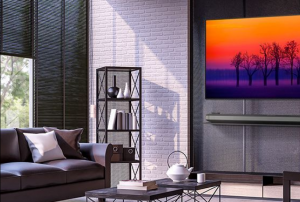The Americans with Disabilities Act is a civil rights law that aims to make sure anyone with disabilities has the same rights and opportunities as those without disabilities by making mandatory requirements for public and private buildings to adhere to.
Don’t have time to read the entire ADA document but still want to make sure your building is up to code?
We’ve got you covered.
We’ve highlighted the key things you need to know to know about ADA and exactly how automated shades like RYSE SmartShades will help you meet some of the requirements set by the Americans with Disabilities Act.
Does ADA apply to you?
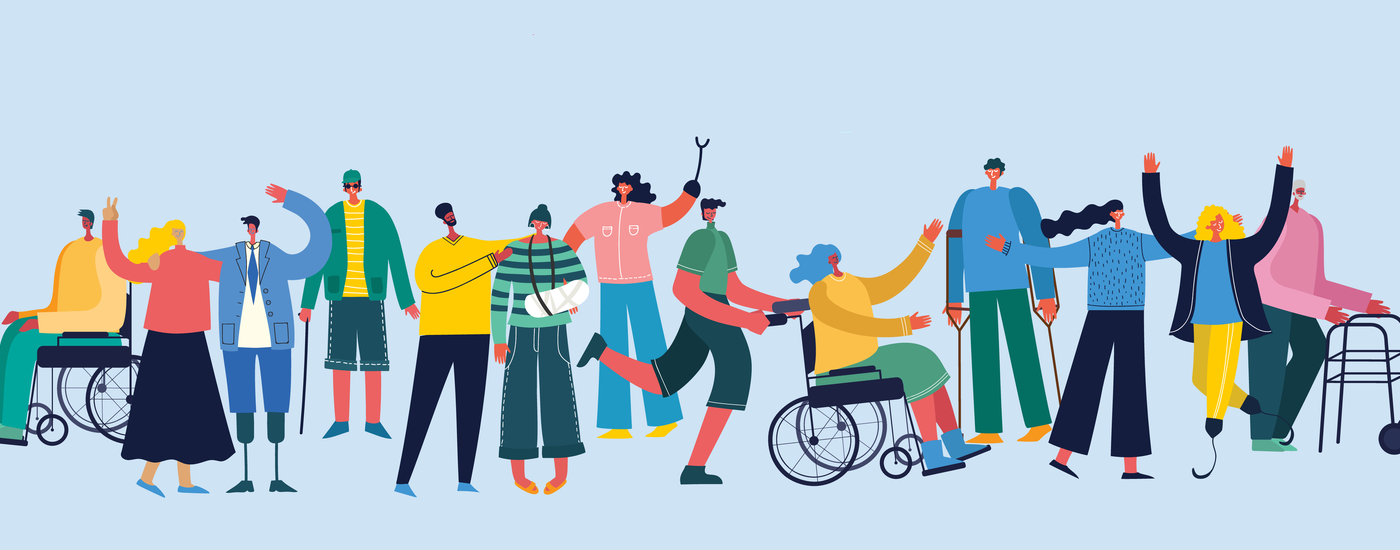
ADA applies to any new construction or a building undergoing an “alteration“. The term “alteration” is used to mean any change to an existing building or facility that affects usability.
This includes:
- Remodeling
- Renovation
- Rearrangements in structural parts
- Changes or rearrangement of walls and full-height partitions
This does not include:
- Normal maintenance
- Reroofing
- Painting
- Wallpapering
- Asbestos removal
- Changes to electrical and mechanical systems
ADA impacts businesses and companies of all shapes and sizes. This includes state and local government agencies, private companies with 15+ employees, and businesses that are in operation to benefit the public.

Because the ADA document is quite large and we want to make things as easy as possible, we’ve identified the 4 most important sections of the Americans With Disabilities Act for you.
What Are The Most Important ADA Sections?
In addition to highlighting the 4 most important sections, we’ve also taken the time to explain what they actually mean in plain English.
Section 9(1) Transient Lodging
“Includes facilities or portions thereof used for sleeping accommodations, when not classed as a medical care facility.”
Section 9(1) Transient Lodging of the ADA
This is the section of the ADA code which directly applies to the hotels. The number of ADA compliant guest rooms needed depends on the overall number of guest rooms in your hotel.
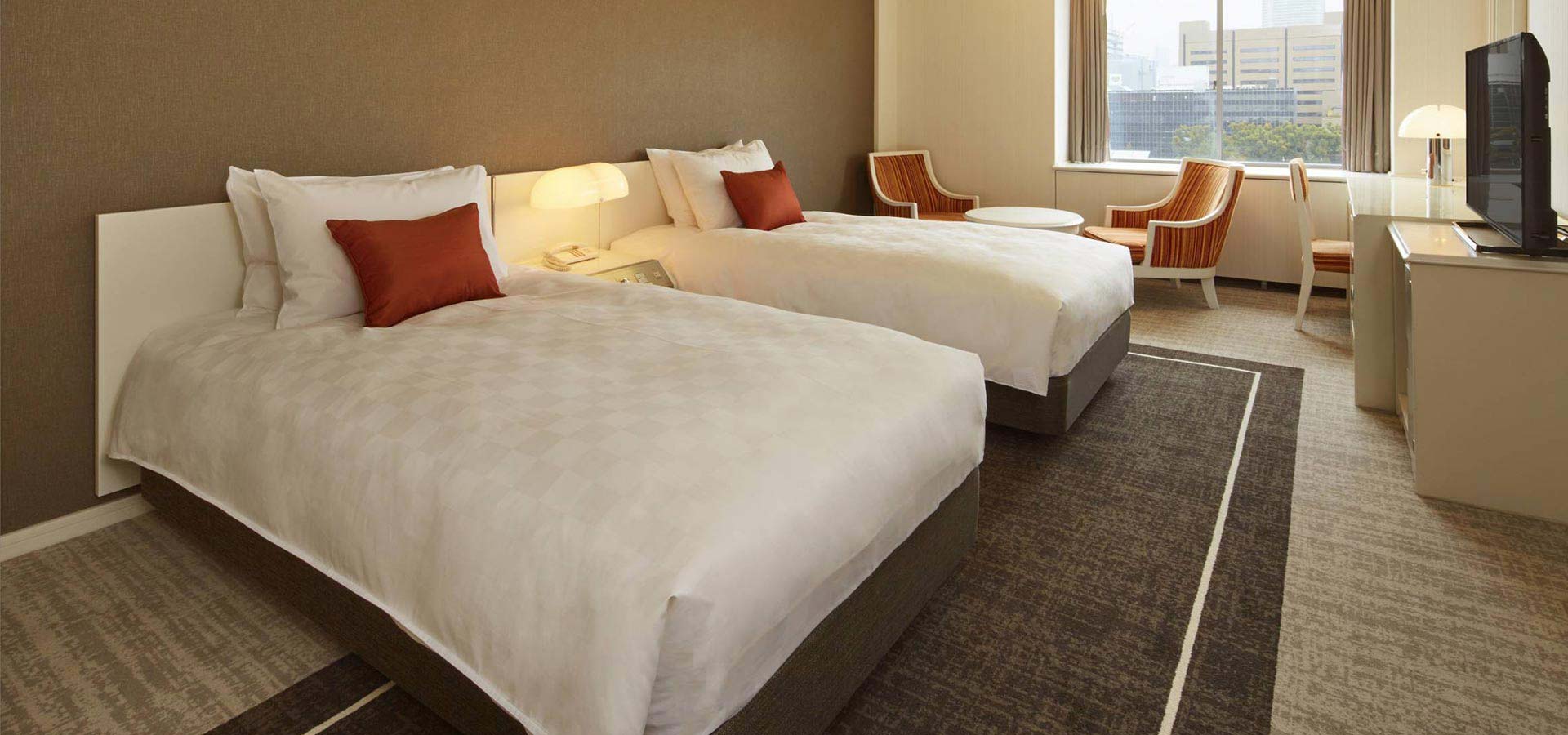
Below is a chart sourced from the ADA code that outlines exactly how many guest rooms at the minimum need to be ADA compliant.
| Number of rooms | ADA compliant rooms |
|---|---|
| 1 – 25 | 1 |
| 26 – 50 | 2 |
| 51 – 75 | 3 |
| 76 – 100 | 4 |
| 101 – 150 | 5 |
| 151 – 200 | 6 |
| 201 – 300 | 7 |
| 301 – 400 | 8 |
| 401 – 500 | 9 |
| 501 – 1000 | 2% of total |
| 1001 and over | 20+1 (for each 100 over 100) |
It’s important to note that public areas are not required to have ADA compliant controls or reach standards that meet this code as indicated in Section 9.2.2(5) Minimum Requirements that mentions “All controls in accessible units, sleeping rooms, and suites shall comply with 4.27.”
Section 4.2.5 Forward Reach
“If the clear floor space only allows forward approach to an object, the maximum high forward reach allowed shall be 48 in (1220 mm). The minimum low forward reach is 15 in (320 mm). If the high forward reach is over an obstruction, reach and clearances shall be as shown in Fig. 5(b).”
Section 4.2.5 Forward Reach of the ADA
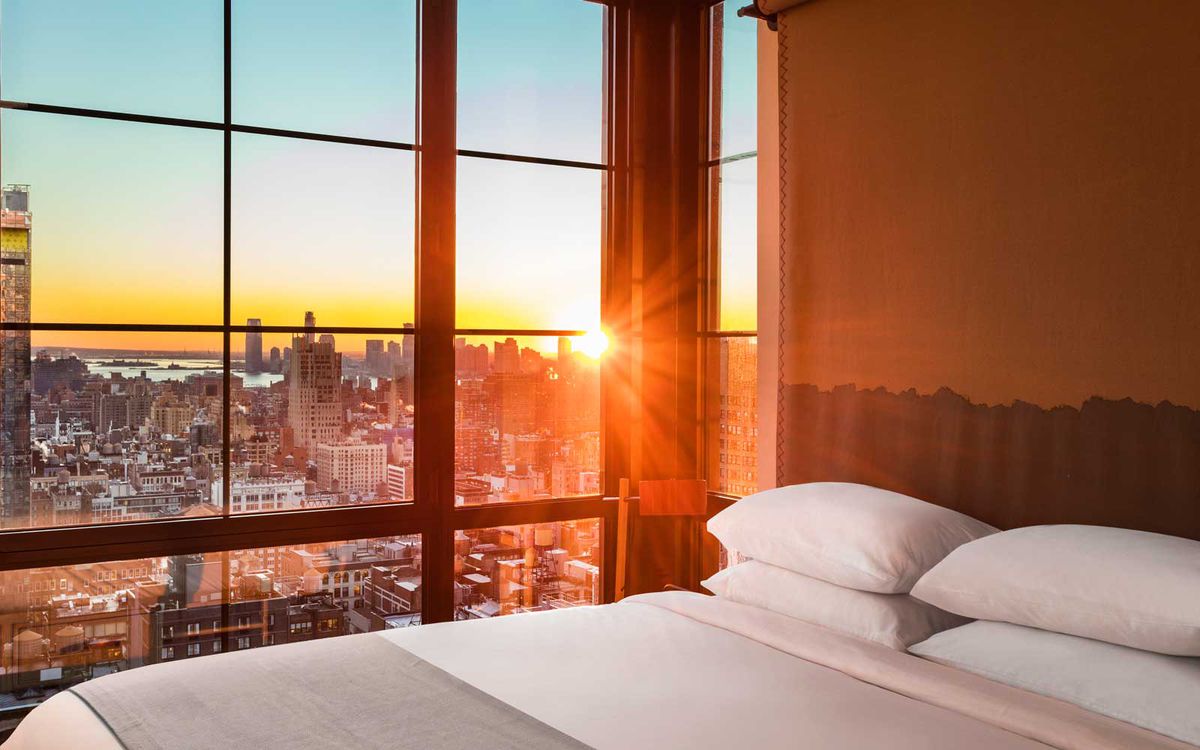
What this means: When approached directly, window treatments should be able to be easily adjusted with very little reach required (between 15 inches and 48 inches).
Section 4.2.6 Side Reach
“If the clear floor space only allows parallel approach by a person in a wheelchair, the maximum high side reach allowed shall be 54 in (1370 mm) and the low side reach shall be no less than 9 in (230 mm) above the floor (Fig. 6(a) and (b)). If the side reach is over an obstruction, the reach and clearances shall be as shown in Fig. 6(c).”
Section 4.2.6 Side Reach of the ADA
What this means: When approached from the side, window treatments should be able to be easily adjusted with very little reach required (between 9 inches and 54 inches).
Section 4.27.4 Operation
“Controls and operating mechanisms shall be operable with one hand and shall not require tight grasping, pinching, or twisting of the wrist. The forces required to activate controls shall be no greater than 5 lbf (22.2 N).”
Section 4.27.4 Operation of the ADA
What this means: Window treatments should be able to be adjusted without the guest having to strain or apply force.

The Bottom Line
- Follow the above table to determine the minimum number of ADA compliant room your hotel requires.
- If your brand specs call for roller shades, use motorized roller shades.
- If your brand specs call for draperies, use either ADA looped batons that will reach from mounting height to within 48” off the floor OR motorized drapery tracks with a remote.

